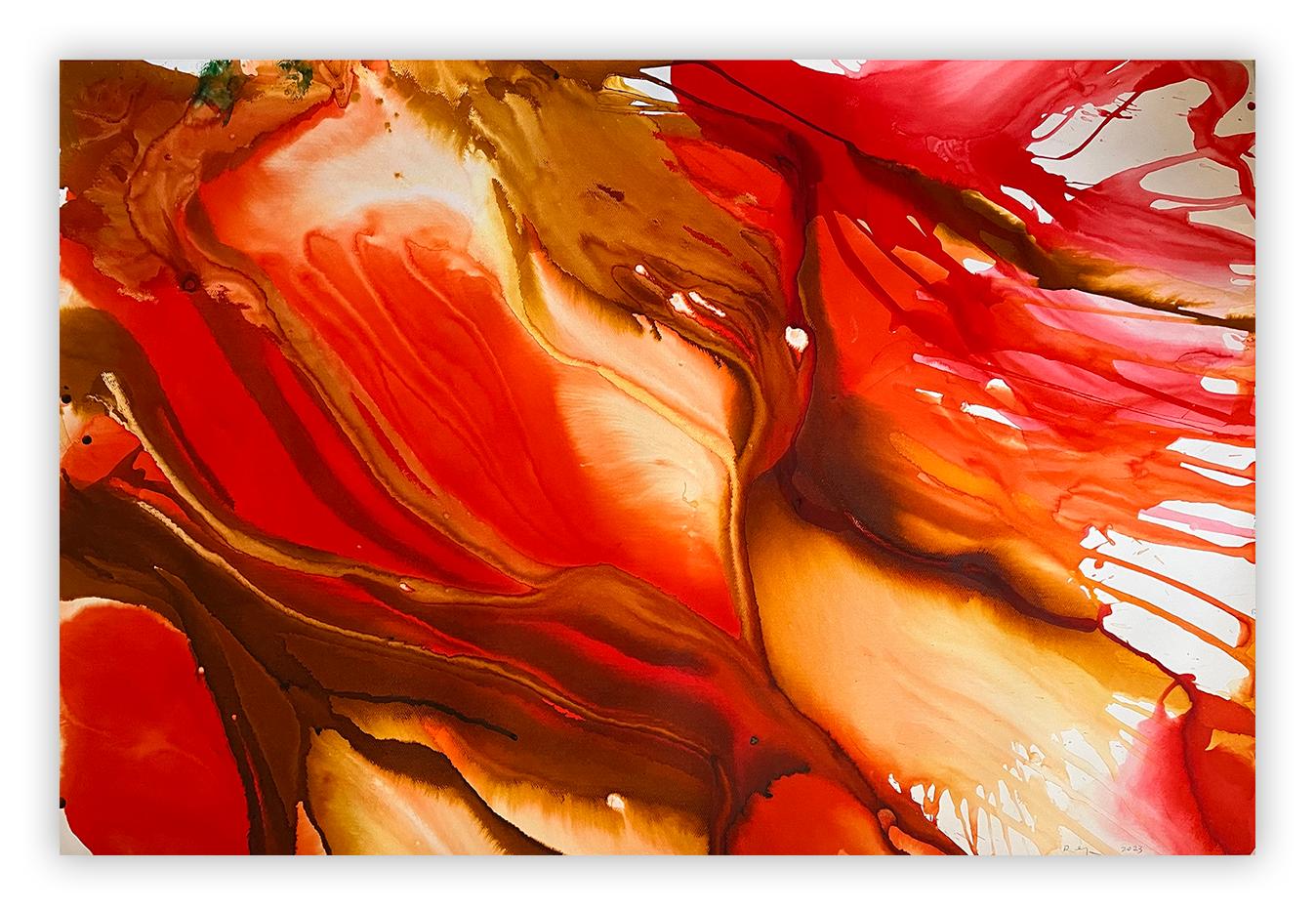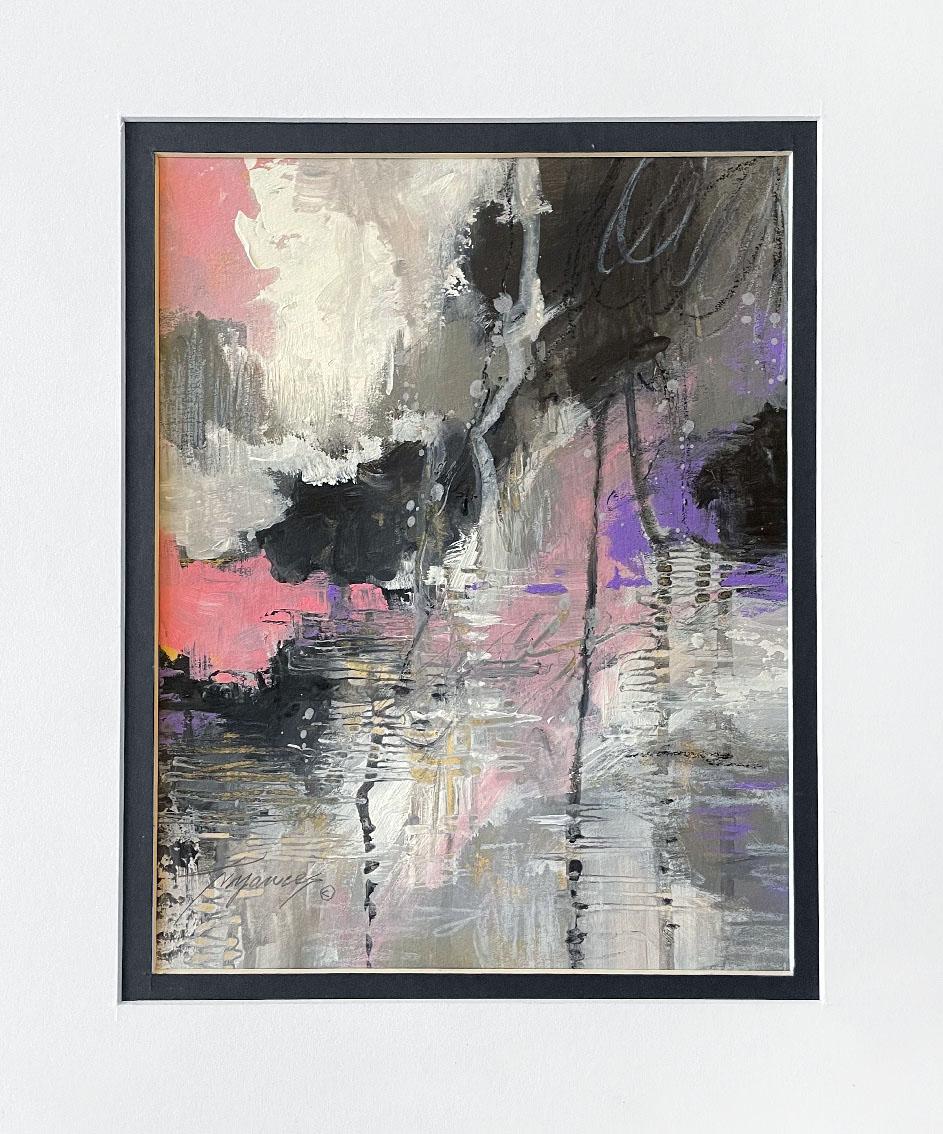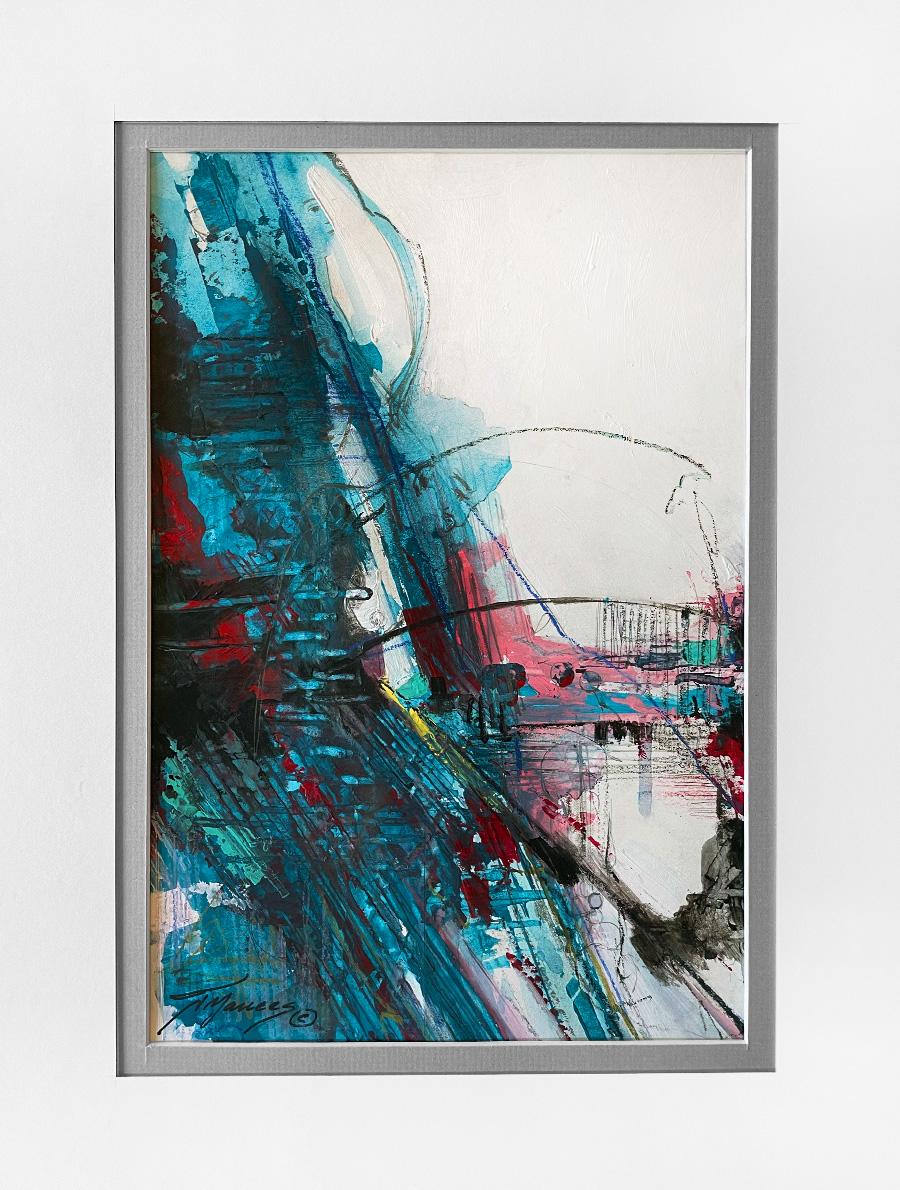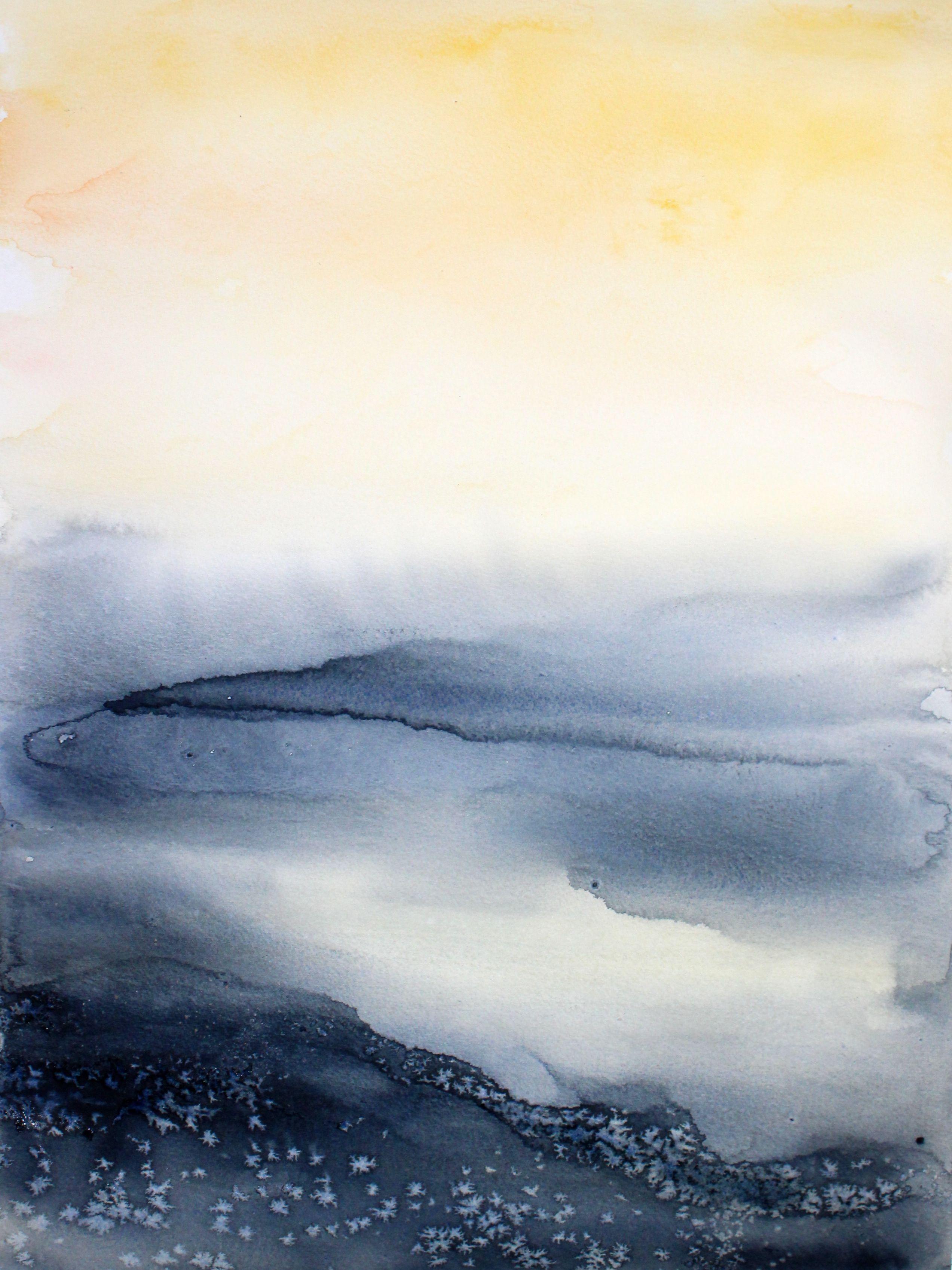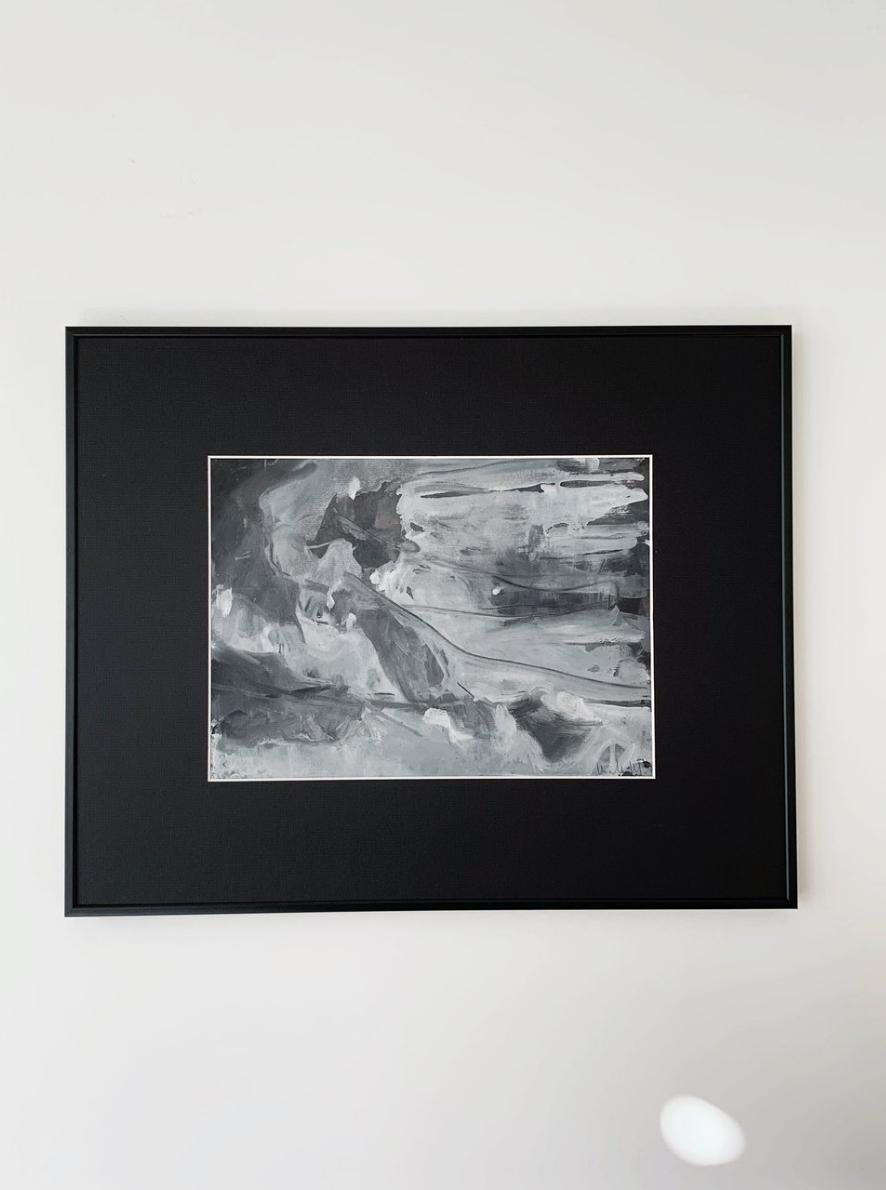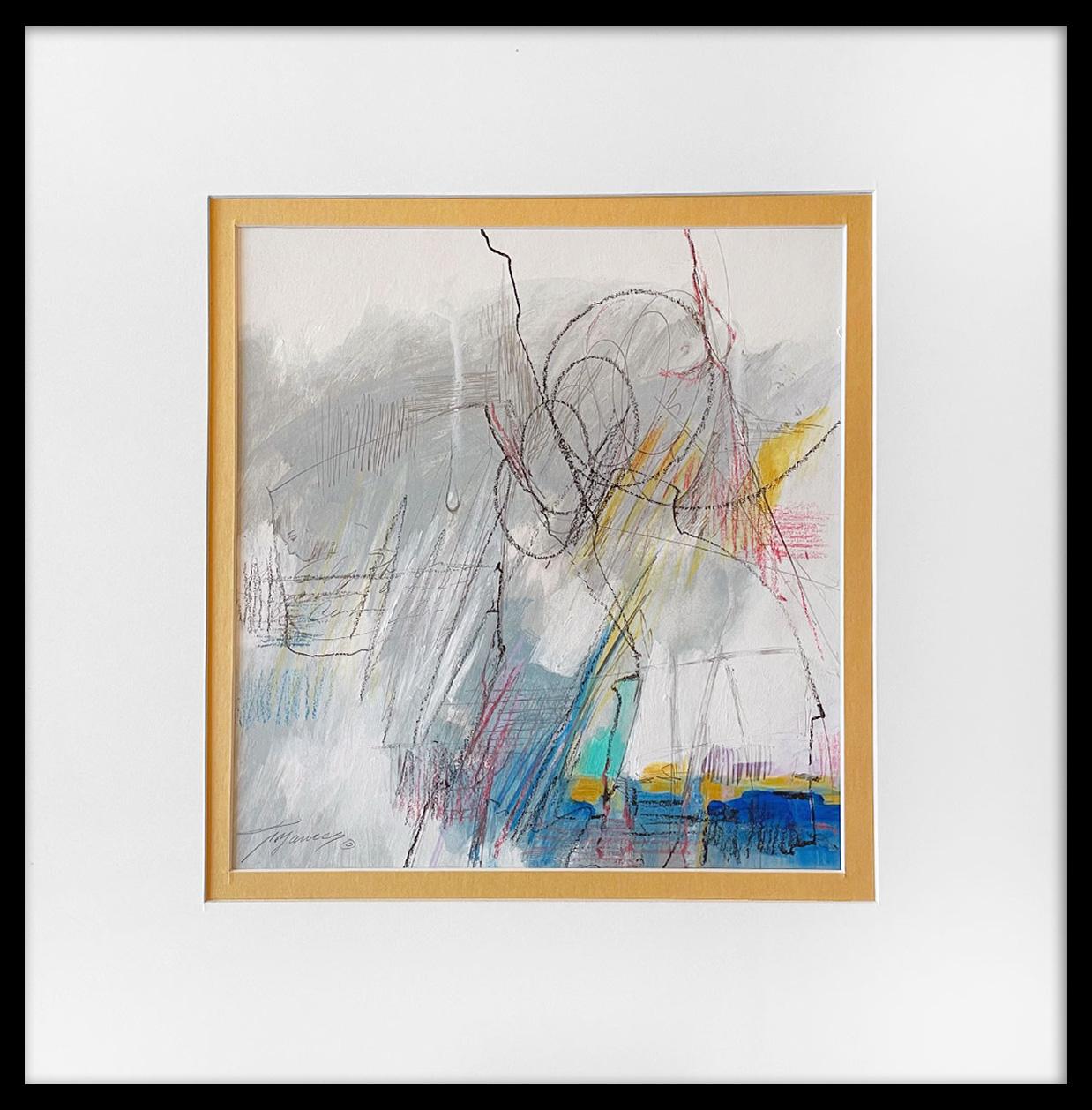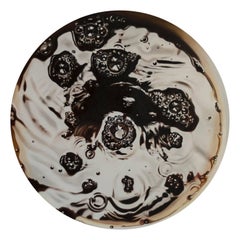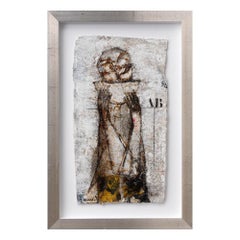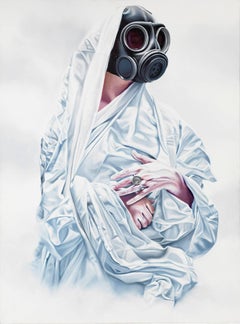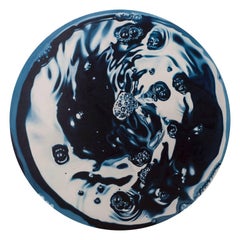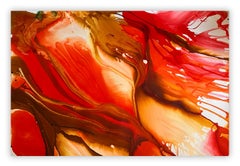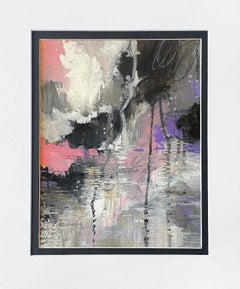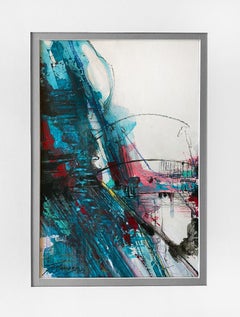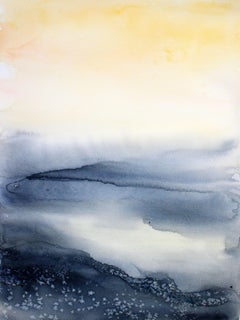Items Similar to Le jour se lève
Want more images or videos?
Request additional images or videos from the seller
1 of 6
Philippe HuartLe jour se lève2021
2021
$5,947.93
£4,406.37
€5,000
CA$8,181.03
A$9,099.66
CHF 4,773.67
MX$111,036.48
NOK 59,915.55
SEK 56,463.14
DKK 38,069.34
About the Item
Signed, titled and dated on the verso.
Acquired directly from the artist.
Free shipment worldwide.
Working on a variety of perceptual levels, Philippe Huart lets one visit his intimate diary entries or take a tour of his fantasies. His canvases suggest several different readings – aesthetic, message-laden, lyrical, or realistic in a fictional take on the everyday – so as to account for both the uniformity and the disorder of the visual information that is bombarding us. Whether he is depicting a gun, bonbons, flowers, or pharmaceutical tablets, Huart’s concern is not to reveal, through his iconography, what grounds the established metaphorical relations between objects, and that just makes them more fascinating. The painter favors reflective surfaces on which the surrounding spectacle, out of frame, comes to fit like a film on the screen. Starting with Pop Art-related imagery, he creates a universe populated with gleaming capsules, tired flowers, and tangy candy treats. His sumptuous sweets are piled up, packed in, juxtaposed, enlarged, and fragmented. From the initial photographic document he removes those anecdotal features that might risk diverting one’s attention from the main subject matter of the composition. It is the treatment of the image, with all the attendant ambiguities of representation, that interests him. His work clings to the high-definition zones of images. But his canvases have little to do with their appearance or the objects being represented. They constitute, instead, a set of motivations and propositions. Thus, beneath their tempting colors, these capsules the painter prescribe do not conceal their pernicious side-effects, which, on account of their attractiveness, might otherwise be forgotten. Dependence on these new Gidean ”Fruits of the Earth” reveals the critical import of his work as well as its genuinely disturbing power. While the highly strict symmetry of his paintings – which divides the canvas in half lengthwise, thereby offering two realities that answer each other like a reflected image – affords one an idea of the sometimes extreme rigorousness of this approach, it no less remains the case that there is also room for humor, as the titles chosen for these pictures demonstrate. Through the reflections they give off (and as reinforced by the titles they are given, often in homage to 1970s Pop music), his works show display great complexity in his arrangement of graphic elements. It seems that the artist is less interested in a faithful reproduction of the image than in the optical illusion it represents. In this fake naturalism, the glossy perfection of what is being depicted borrows from the craftsmanship of this former advertising professional. His approach to the subjects of his paintings is conceptual, and he introduces words that put writing in a representational role as he combines text and images in a variety of ways that are always executed with a certain amount of finesse. He still loves the reflections of the outside world on the chrome-plated surfaces of revolvers, sugar-coated pills, or translucent candy wrappers… His taste for physical effects, his brush strokes, and his glazes are masterfully and knowingly expressed in a way that is reminiscent of the painters of Dutch still lifes. The miraculous meeting of panache and finish found in these harmonious volumes and colors gives his compositions a rhythmic perfection that is fascinatingly unique. The perfect finishing strokes on his works remove from them any purely philosophical, social, or protest message, though they also allow one to see through their insidious violence. Huart concentrates his efforts on a near-anaesthetizing, almost stupefying level of pictorial investigation where the meaning contained in the image spawns comparisons to conceptual artists. Paradoxically, his vibrantly polychromatic work reflects a quite somber, emotionally moving tonality that seems deeply marked by death. His painting is invigorated by intentions, or rather provocations, that do not represent, but instead create, another reality, one to which each viewer, depending on her experiences, emotions, and cultural background, can bring her own sensitive or cognitive response. Renaud Faroux, Paris
About the Seller
5.0
Vetted Professional Seller
Every seller passes strict standards for authenticity and reliability
Established in 1967
1stDibs seller since 2013
235 sales on 1stDibs
Typical response time: 16 hours
- ShippingRetrieving quote...Shipping from: Malmo, Sweden
- Return Policy
Authenticity Guarantee
In the unlikely event there’s an issue with an item’s authenticity, contact us within 1 year for a full refund. DetailsMoney-Back Guarantee
If your item is not as described, is damaged in transit, or does not arrive, contact us within 7 days for a full refund. Details24-Hour Cancellation
You have a 24-hour grace period in which to reconsider your purchase, with no questions asked.Vetted Professional Sellers
Our world-class sellers must adhere to strict standards for service and quality, maintaining the integrity of our listings.Price-Match Guarantee
If you find that a seller listed the same item for a lower price elsewhere, we’ll match it.Trusted Global Delivery
Our best-in-class carrier network provides specialized shipping options worldwide, including custom delivery.More From This Seller
View AllOmbre Vertige
By Philippe Huart
Located in Malmo, SE
Ombre Vertige. (Vortex 11)
Signed, titled and dated on the verso.
Acquired directly from the artist.
Painted on the sides. No frame needed.
Free shipment worldwide.
Working on a...
Category
2010s Pop Art Abstract Paintings
Materials
Canvas, Oil
Sant titre (buveuse)
By James Coignard
Located in Malmo, SE
Free shipment worldwide
Acquired directly from the artist.
Size without frame: 63x36 cm (Size with frame 84x56 cm)
“With just a few strokes of his brush he conjures up an entire world. James Coignard extends the boundaries between concrete and abstract. He knows how to create chromatic melodies that shift in timbre from cobalt blue to blood red. His pictures are an artistic epicentre where lines, letters and numbers meld with vigorous swashes of colour.” That is how the writer Johan Persson has described the artist’s paintings. With this exhibition we honour James Coignard, showing some of his last carborundum engravings and paintings as well as presenting the book “L’œuvre gravé de James Coignard” volume VI. In this edition, we have gathered together all the engravings that James Coignard produced between June 2005 and his decease, on 7 March 2008. Behind him he left many fond memories and a life’s work as a great artist. James Coignard’s principal modes of expression were oil on canvas and gravure au carborundum, but also in bronze and glass sculptures as well as in ceramics. His work has been shown on more than 400 exhibitions, primarily in Central Europe and Scandinavia, but also in Canada and the USA. His first Swedish exhibition was at Malmö Museum in 1956. The early 1970s saw the start of a long-term liaison with Galleri Östermalm in Stockholm, owned by Editions Sonet. They came to represent him in Scandinavia and edited several volumes of his graphic works. It was not until 2003 that we at Galleri GKM Siwert Bergström...
Category
Early 2000s Abstract Abstract Paintings
Materials
Paper, Oil
Grâce immolée
By Philippe Huart
Located in Malmo, SE
Signed, titled and dated on the verso.
Acquired directly from the artist.
Painted on the sides. No frame needed.
Free shipment worldwide.
Working on a variety of perceptual levels, ...
Category
2010s Pop Art Figurative Paintings
Materials
Oil
Vertige Indigo
By Philippe Huart
Located in Malmo, SE
Vertige Indigo (Vortex 1)
Signed, titled and dated on the back.
Acquired directly from the artist.
Painted on the sides. No frame needed.
Free shipment worldwide
Working on a vari...
Category
2010s Pop Art Abstract Paintings
Materials
Oil
Carbone Vertige
By Philippe Huart
Located in Malmo, SE
Carbone Vertige (Vortex 9)
Signed, titled and dated on the verso.
Free shipment worldwide.
Acquired directly from the artist.
Painted on the sides. No frame needed.
Working on a ...
Category
2010s Pop Art Abstract Paintings
Materials
Oil
Le blanc #1163
By James Coignard
Located in Malmo, SE
Publisher GKM.
Edition of 40 ex.
Unframed.
Carborundum engraving.
Moulin de Larroque handmade paper.
Free shipment worldwide.
“With just a few strokes of his brush he conjures up an...
Category
Early 2000s Contemporary Abstract Prints
Materials
Engraving
You May Also Like
L'île (Untitled 23042) (Abstract painting)
By Martin Reyna
Located in London, GB
L'île (Untitled 23042)
Ink on paper — Unframed.
Martín Reyna is an Argentinian-born abstract painter living in Paris, France. His gestural abstract paintings delight the eye and act...
Category
2010s Abstract Abstract Drawings and Watercolors
Materials
Paper, Ink
Abstract 5
By Jorge Yances
Located in Nashville, TN
Award-winning artist Jorge Yances reflects the Latin literary tradition of Magical realism with his ability to blend fantasy and reality in his artwork.
Yances was born in Cartagena...
Category
2010s Contemporary Abstract Drawings and Watercolors
Materials
Oil
Abstract 15
By Jorge Yances
Located in Nashville, TN
Award-winning artist Jorge Yances reflects the Latin literary tradition of Magical realism with his ability to blend fantasy and reality in his artwork.
Yances was born in Cartagena...
Category
2010s Contemporary Abstract Drawings and Watercolors
Materials
Oil
Timeless 1, Painting, Watercolor on Paper
By Laura Spring
Located in Yardley, PA
This one of a kind painting is done inwatercolor on paper. I try my best to represent the true colors of the paintings in the photos, but sometimes you can see a slight difference in...
Category
2010s Abstract Abstract Drawings and Watercolors
Materials
Watercolor
Pierre Montheillet, Composition in grey, gouache and wash on paper
Located in PARIS, FR
Pierre MONTHEILLET (1923-2011)
Composition in grey
Gouache and wash on laid paper
Signed "Montheillet" lower right
Dimensions of the work: 24 x 32 cm
Dimensions of the frame: 40 x 50...
Category
1960s Abstract Abstract Drawings and Watercolors
Materials
Watercolor, Gouache
Abstract 11
By Jorge Yances
Located in Nashville, TN
Award-winning artist Jorge Yances reflects the Latin literary tradition of Magical realism with his ability to blend fantasy and reality in his artwork.
Yances was born in Cartagena...
Category
2010s Contemporary Abstract Drawings and Watercolors
Materials
Oil
